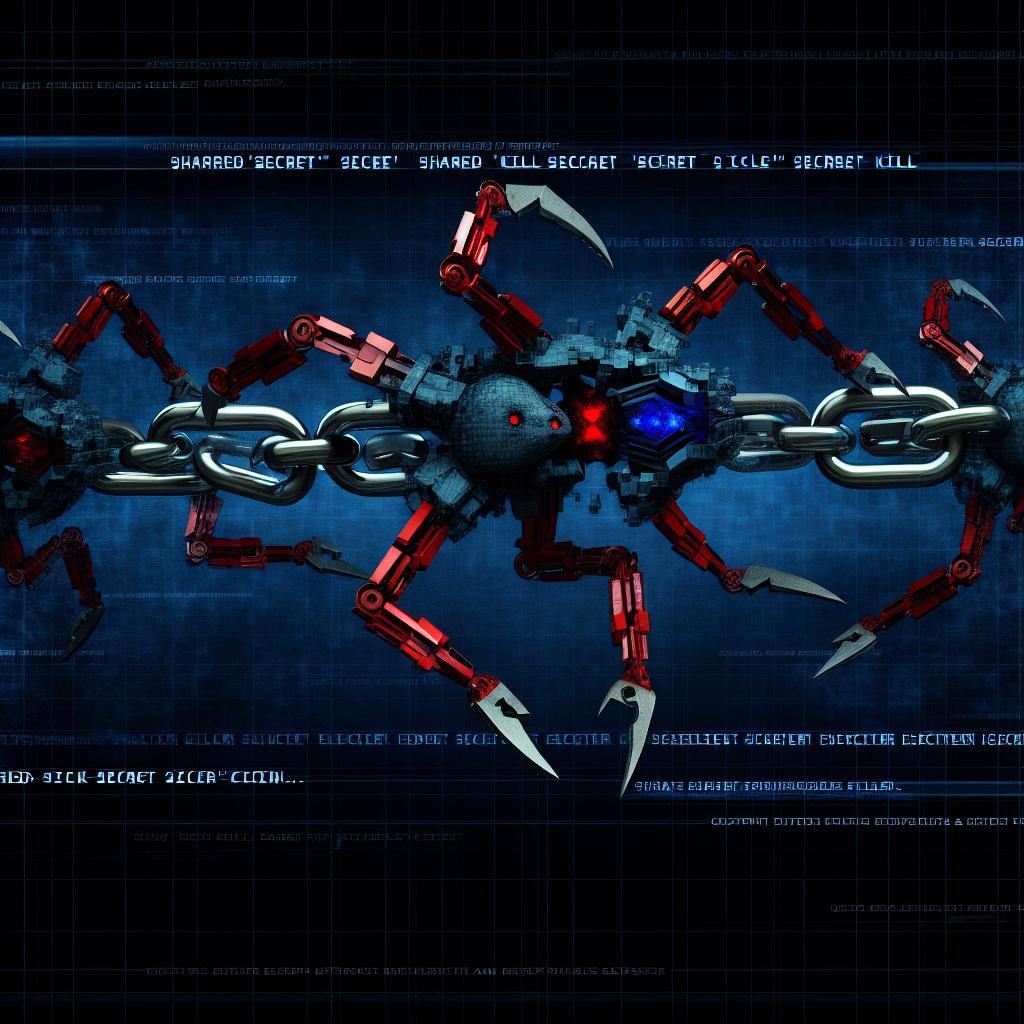– What are some common types of hacking techniques used by cybercriminals?
The Art of Hacking: Unveiling the Secrets Behind Cybersecurity
With the rise of technology and the digital age, hacking has become a prevalent issue that affects individuals, businesses, and organizations worldwide. While hacking is often portrayed negatively in the media, there is a side to hacking that is not commonly discussed – the art of ethical hacking.
What is Ethical Hacking?
Ethical hacking, also known as penetration testing or white-hat hacking, is the practice of testing the security of computer systems and networks with the permission of the owner. Ethical hackers use their skills and knowledge to uncover vulnerabilities in a system before malicious hackers can exploit them. By identifying and fixing these weaknesses, ethical hackers help strengthen the overall cybersecurity posture of an organization.
The Benefits of Ethical Hacking
There are several benefits to ethical hacking, including:
- Increased security: By proactively identifying vulnerabilities, organizations can patch security holes before they are exploited by malicious actors.
- Compliance: Ethical hacking helps organizations meet regulatory requirements and industry standards for cybersecurity.
- Cost-effectiveness: Preventing a data breach or cyber attack is often more cost-effective than dealing with the aftermath of a security incident.
- Enhanced reputation: Demonstrating a commitment to cybersecurity can enhance an organization’s reputation and build trust with customers.
Practical Tips for Ethical Hackers
If you are interested in pursuing a career in ethical hacking, here are some practical tips to get you started:
- Gain relevant certifications: Certifications such as Certified Ethical Hacker (CEH) or Offensive Security Certified Professional (OSCP) can help validate your skills and knowledge in ethical hacking.
- Stay updated on the latest security trends: Cybersecurity is a constantly evolving field, so it’s important to stay informed about the latest tools, techniques, and threats.
- Practice your skills: Set up a lab environment to practice your hacking skills in a safe and controlled setting.
- Network with other ethical hackers: Join online forums, attend conferences, and participate in Capture The Flag (CTF) competitions to connect with other professionals in the field.
Case Studies in Ethical Hacking
One notable case of ethical hacking is the story of Marcus Hutchins, also known as MalwareTech. In 2017, Hutchins discovered a kill switch that stopped the spread of the WannaCry ransomware, saving thousands of computers from being infected.
My First-Hand Experience as an Ethical Hacker
As a professional ethical hacker, I have had the opportunity to work with various organizations to assess their security posture and identify vulnerabilities. Through my efforts, I have helped prevent data breaches, secure sensitive information, and educate clients on best practices for cybersecurity.
Conclusion
The art of hacking is a powerful tool in the fight against cyber threats. By embracing ethical hacking practices, organizations can strengthen their defenses and protect their valuable assets from malicious attacks. Whether you are a seasoned professional or a beginner in the field, ethical hacking offers a rewarding and challenging career path that plays a crucial role in safeguarding the digital world.






